Dhaka, July 13 (V7N) - Once considered the lifeblood of Dhaka, the Buriganga River now stands as a stark symbol of environmental degradation. Once bustling with activity, the river today chokes under the relentless pressure of industrial waste, untreated sewage, and encroachment. Despite numerous pledges and plans from authorities, the Buriganga remains a toxic, black sludge, casting a shadow over the public health of the city and its ecosystem.
Over the decades, the Buriganga has transformed into a dumping ground for a lethal mix of industrial effluents, raw sewage, solid waste, and encroaching structures. In 2025, the situation has worsened. Recent reports reveal that the river has reached a critical point of biological collapse, with dissolved oxygen levels dropping to near zero in several sections.
Environmental Crisis: An Almost Impossible Challenge
In February 2025, Syeda Rizwana Hasan, the Environment Adviser, emphasized the severity of the situation, stating that "Saving the Buriganga from pollution is like making the impossible possible, as the oxygen level in its water is less than zero." The river is laden with heavy metals, including chromium and antibiotics, and covered by several meters of polythene deposits, rendering the water unfit for consumption. Cleaning the river has become a daunting task, both technologically and economically.
The Root Causes of Pollution
The primary contributors to this ecological catastrophe are well-known. Thousands of industrial units, particularly in Hazaribagh, Keraniganj, and Shyampur, continue to discharge untreated waste directly into the river. Despite the relocation of tanneries from Hazaribagh, many factories continue to bypass their effluent treatment plants (ETPs), dumping chemical waste into the river covertly.
Furthermore, the daily discharge of about 4,500 tons of solid waste and untreated sewage from Dhaka's densely populated areas exacerbates the pollution. The Dhaka Water Supply and Sewerage Authority (WASA) has faced repeated criticism for its failure to halt the flow of untreated sewage into the river, an issue that has been raised in numerous court orders over the years.
The Consequences: Public Health at Risk
The results of this relentless pollution are catastrophic. The foul odor emanating from the Buriganga is a constant burden for the residents living along its banks. Public health experts have repeatedly warned that the water pollution poses severe health risks, including skin diseases, gastrointestinal disorders, and long-term illnesses resulting from consuming fish and vegetables contaminated with toxic heavy metals that have entered the food chain.
Government’s Response: Plans and Skepticism
In response to the escalating environmental crisis, the government has outlined several initiatives. Late in 2024, officials announced an "operation" to address the pollution and encroachment issues during the winter months. This was followed by a report from a government-commissioned task force in early 2025, which called for urgent action, including emergency legislation, to restore the river.
Environment Adviser Rizwana Hasan also announced that a comprehensive work plan to reclaim and depollute the Buriganga and other surrounding rivers would be finalized by June 2025. This plan is part of a broader "20-year master plan" aimed at rejuvenating Dhaka's rivers. The proposed actions include dredging, constructing walkways, and planting trees along the riverbanks.
In addition, international financial and technical assistance is being sought for this ambitious project, with talks underway with the Asian Development Bank (ADB) and the World Bank.
Public Skepticism and Ongoing Challenges
Despite these initiatives, citizens of Dhaka remain skeptical. Over the years, promises to clean and restore the Buriganga have repeatedly dissolved into the murky waters of inaction. The core issues remain unaddressed: the lack of proper enforcement of environmental laws, the political will to confront powerful industrial polluters, and the monumental scale of the cleanup and infrastructure overhaul needed.
The monsoon rains of 2025 have done little to cleanse the Buriganga; instead, they have spread the pollution further, worsening the situation. As the river swells, it becomes an even more hazardous threat to public health.
A Precarious Future
The fate of the Buriganga River now hangs in the balance. It serves as a poignant reminder of the cost of unchecked urban growth, poor regulation, and environmental neglect. The real test for the current administration will be whether these recent promises will translate into meaningful and visible actions or if the Buriganga will continue its slow, agonizing decline.
The question that everyone is asking: Will this be the year that the Buriganga is finally saved, or will it continue its tragic descent into oblivion?
END/AZS/SMA/



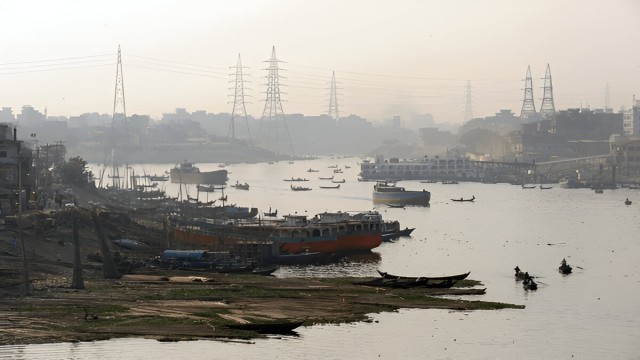
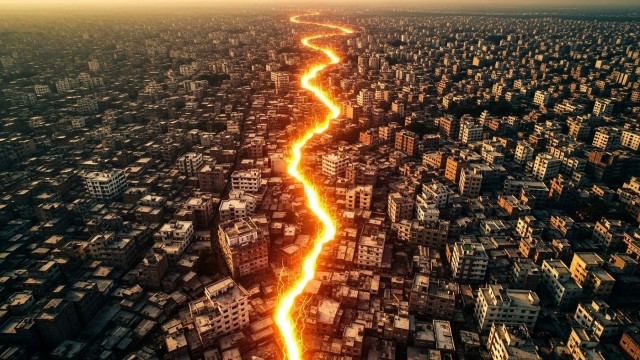
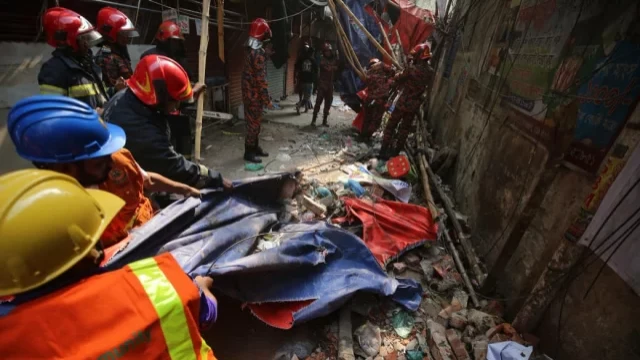
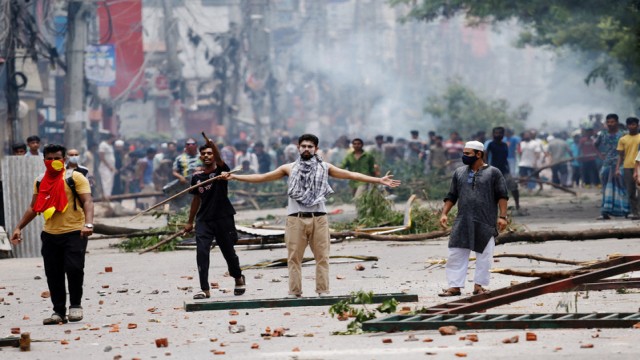
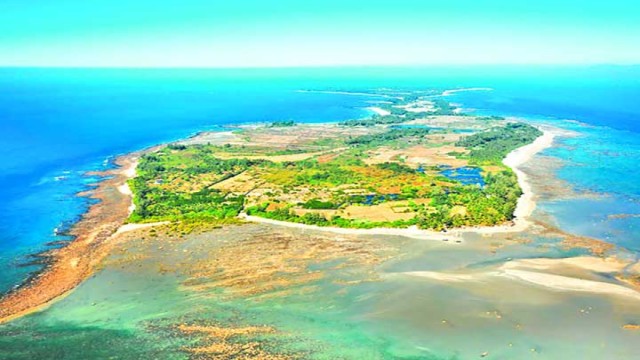
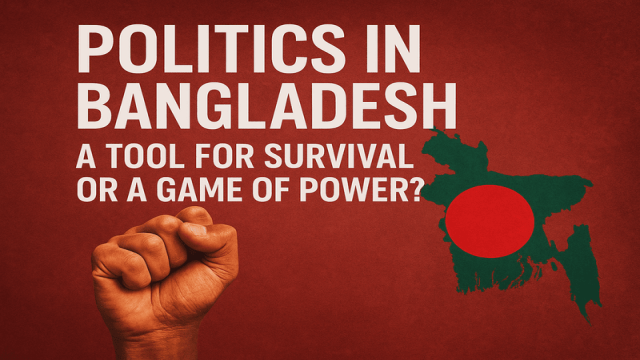
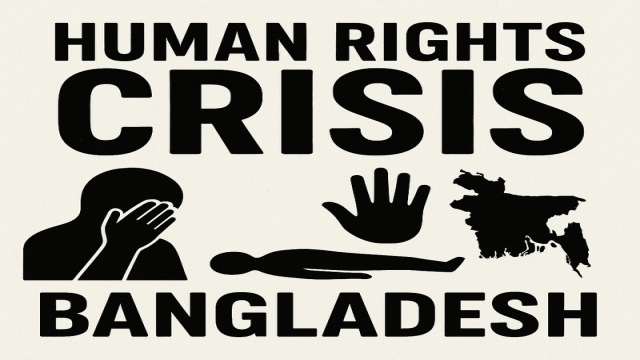
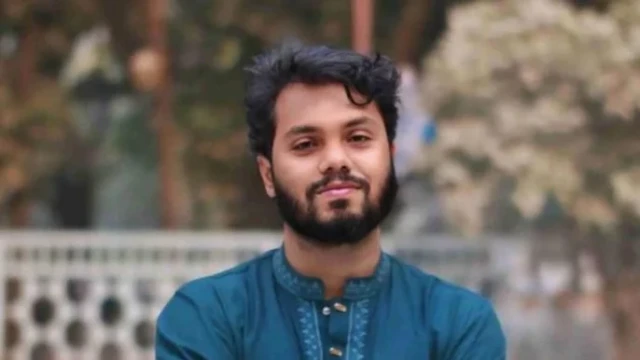
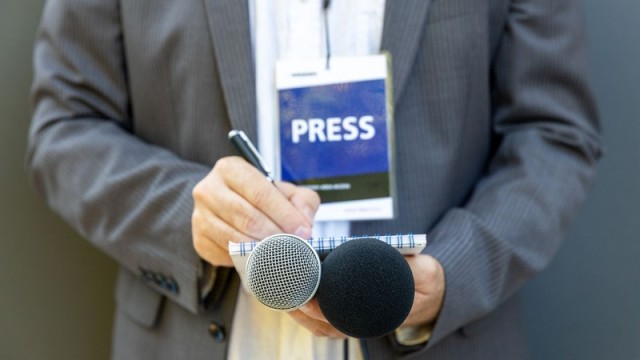
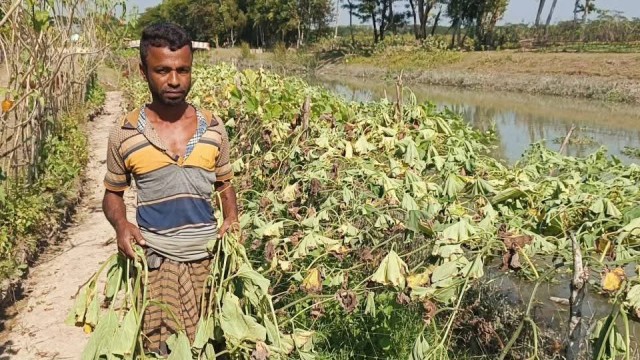
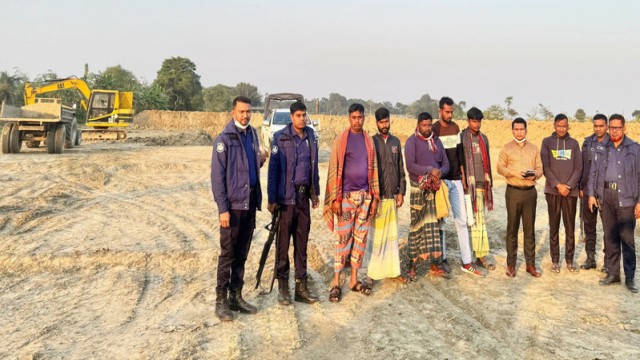
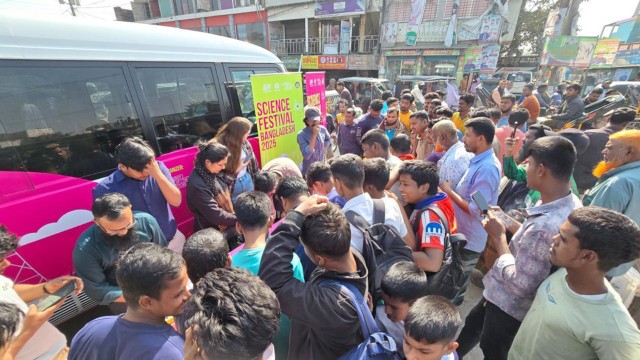
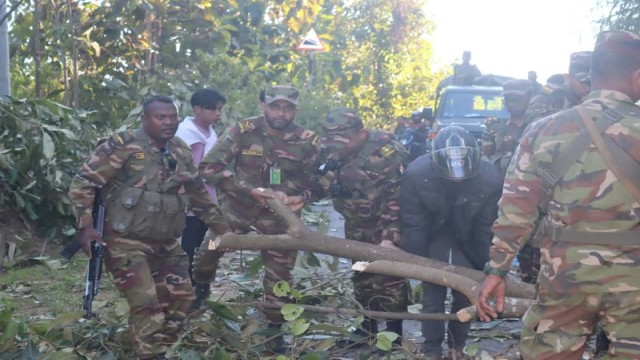
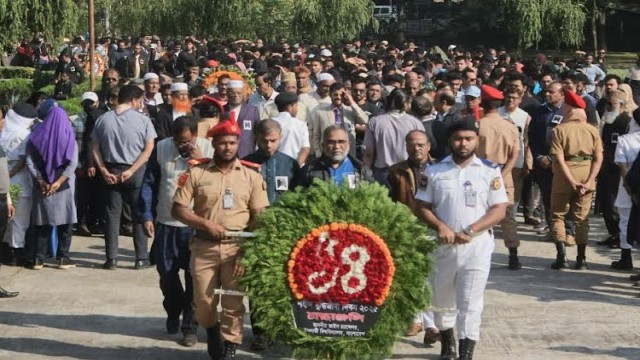
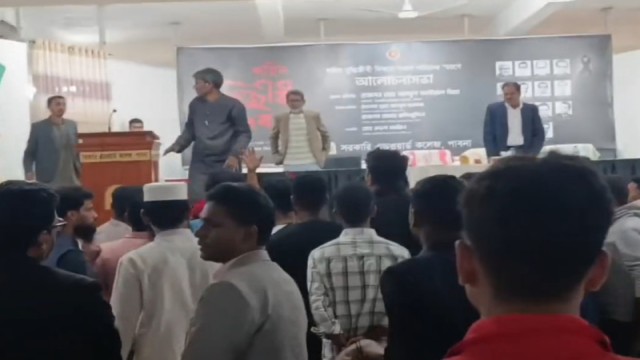
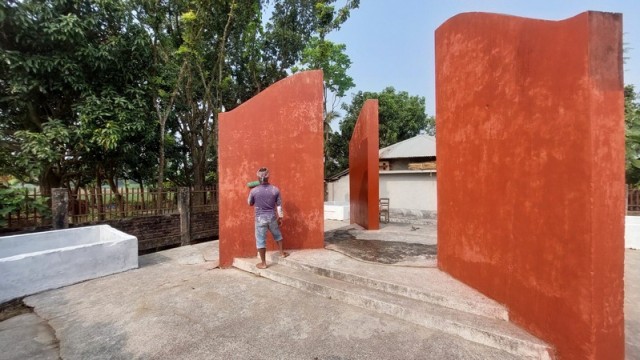
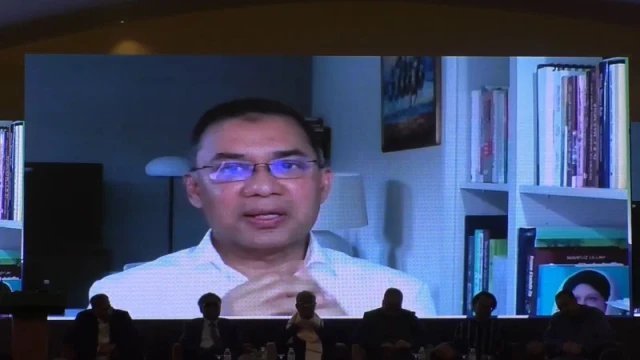

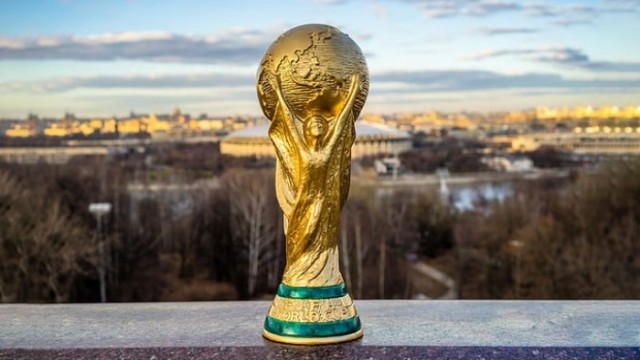
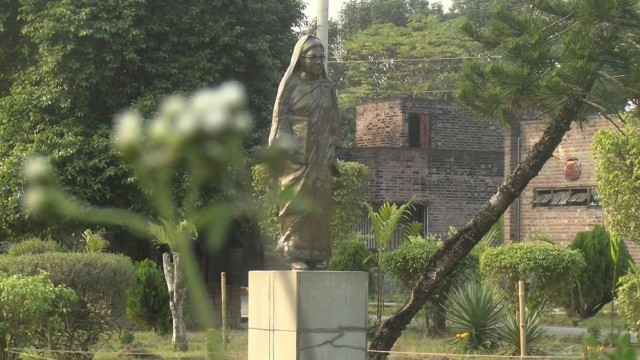
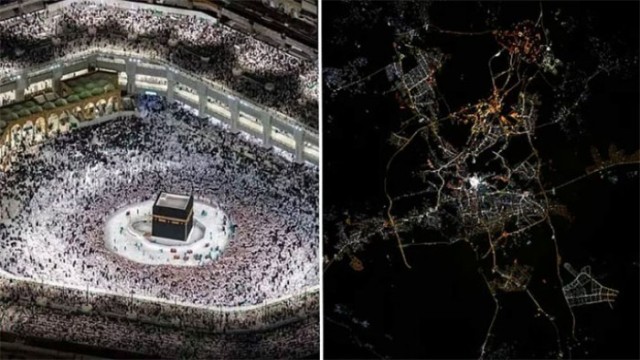
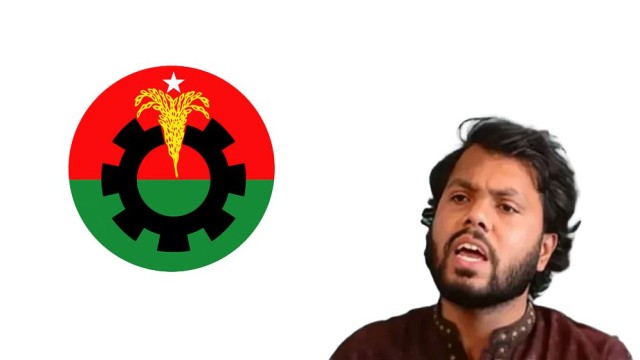
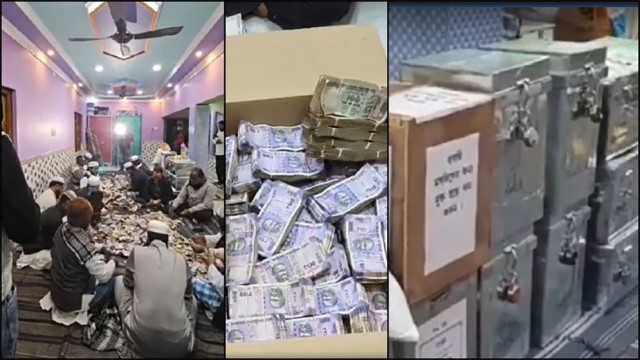
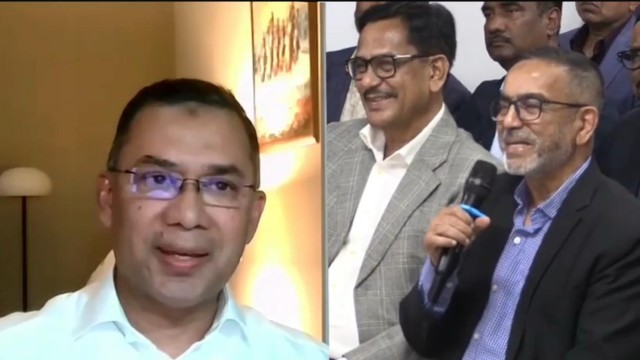


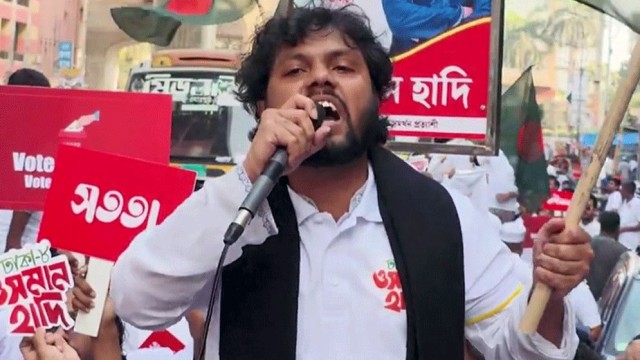
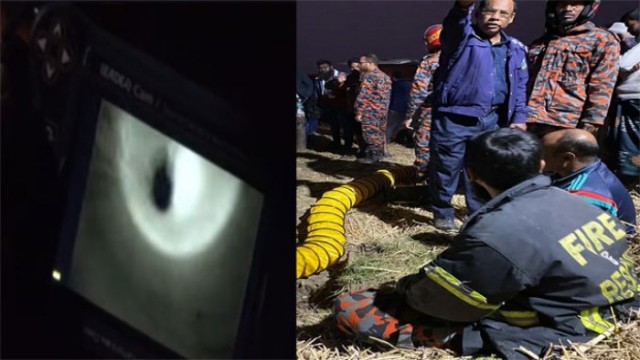
Comment: